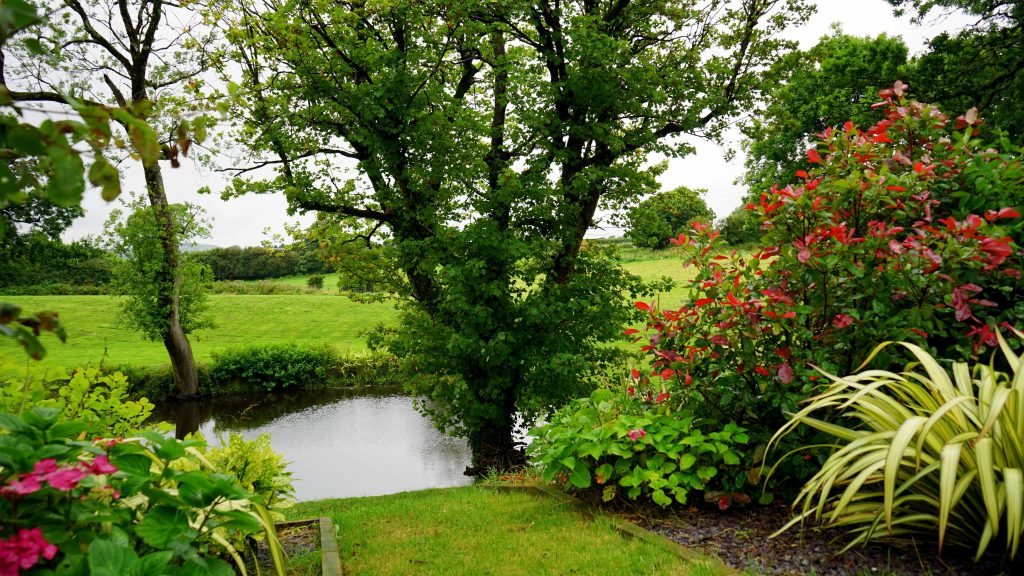Amidst the closure of cities and business facilities, people have turned to open public spaces as their only respite from the stress they’re experiencing at home and their work. But even as people return to parks, beaches, and camping grounds, the danger of rising infection rates is still present. The observance of social distancing measures is the only thing that could control infection rates, but the design of public outdoor spaces could also dictate how people would use these areas in the future.
Parks Become Popular
The global pandemic has seen green outdoor spaces rise in popularity, and many commercial lawn care companies are trying to see how they could take advantage of this rising popularity. Many of them want to serve the public but also to become more significant at this difficult time. But how could these companies take advantage of this popularity?
Provide a Service
Open park facilities, trails, camping, and playgrounds require regular maintenance, especially since visitor numbers increased since March. The surge in visits means that open public spaces need proper management. Lawn care, maintenance of hygiene facilities, and the reorganization of the exits and entrances are all part of it, even more so during these times.
Companies could build handwashing areas and create markers to remind people where to stand or stay to maintain social distancing measures. Many officials have also made guidelines in these public spaces to remind people to observe proper hygiene and schedules. Government officials would be open to such support, but they might not have the money to do so.
Budget Cuts Loom

The popularity of public spaces has only made another problem apparent: the lack of funding. Many governments worldwide are encountering economic problems, as the pandemic has dried up government resources. Taxes from permits for local events are not coming in, and most funds are focused on acquiring PPEs and caring for healthcare workers in the front lines. So it’s not surprising that many local governments have cut the budget for many of these public parks and spaces. For many, this has meant delayed maintenance and deteriorating facilities. In such situations, the spread of infection could increase, and many lives would be in danger.
Changing Perceptions
But the pandemic has also transformed these spaces and how people view them. In the United States, many open spaces and public areas are used to respond to the pandemic. These areas are used to quarantine people and provide safe areas for them. Additionally, the public has grown more aware of the value of green spaces to their mental and physical health. They now understand how spending time outdoors and being active is vital to stay sane.
Private donations and investments have allowed the reconstruction of some parks and public spaces, but there are still not enough of these open areas for people in marginalized areas. Many officials still aim for many communities to be ten minutes away to a public park or open area, but it is still a struggle in many states.
COVID-19 has changed the world in many ways, but it has changed how people perceive green and open areas. The challenge remains for the government to ensure that these spaces remain accessible and open to everyone and that the fear of the pandemic will not keep people away from living their lives.
